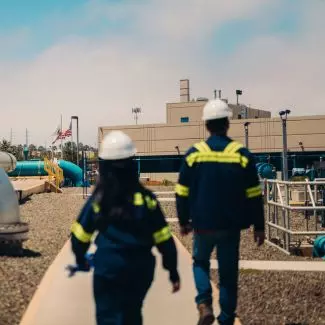Turning wastewater into a resource for tomorrow
Veolia develops comprehensive water reuse programs and technologies to help municipalities maximize community resources while adhering to strict environmental standards.
As volumes of wastewater grow alongside economic development and consumption, many cities are turning toward reuse and reclamation solutions to optimize their water costs and minimize their environmental impact.
Water reuse programs utilize treated wastewater for beneficial purposes other than the initial use, including:
- Facility cooling
- Boiler feed water
- Industrial process water
- Watering green spaces and golf courses
- Groundwater storage and recovery and salt intrusion barriers in coastal communities
- Support agricultural irrigation
- Public fountains
- Street cleaning
Reuse and reclamation expertise
Veolia’s comprehensive knowledge of water reuse and reclamation solutions helps maximize community resources while adhering to stringent reuse water quality standards. Our water reuse experts have developed best practices for services including design and construction of facilities and systems, upgrade/expansion of existing assets, and long-term operation and management of reuse programs.
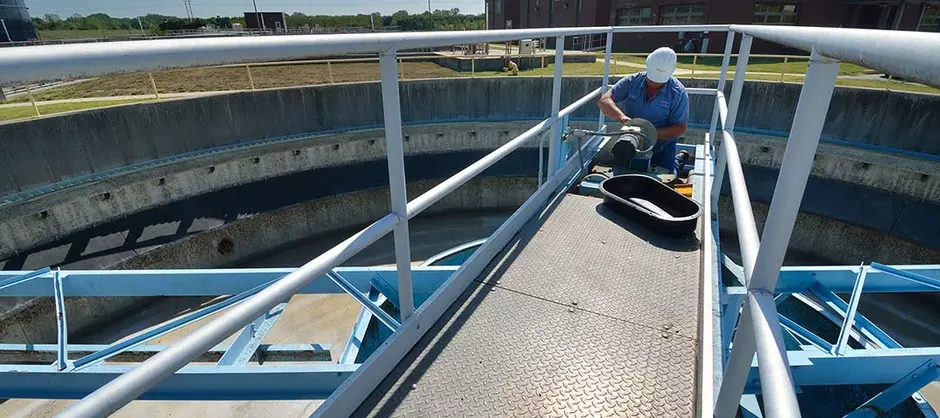
Customized project delivery process
Depending on the needs of the local community, the extent of our involvement with the city’s reuse program can vary in terms of ownership, financing, and risk transfer. Ranging from capital projects to DBOM/F and O&M contracts, our reuse partnerships involve a broad scope of treatment, storage, and distribution systems.
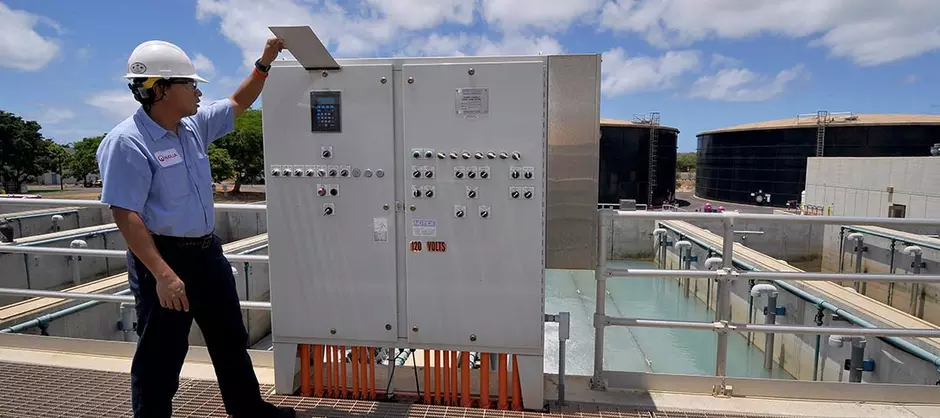
Proprietary reuse technologies
Veolia, through our Water Technologies division, develops and implements proprietary reuse treatment technologies involving microfiltration, reverse osmosis, UV disinfection, membrane treatment, and membrane bioreactors to meet reuse and zero-discharge needs.
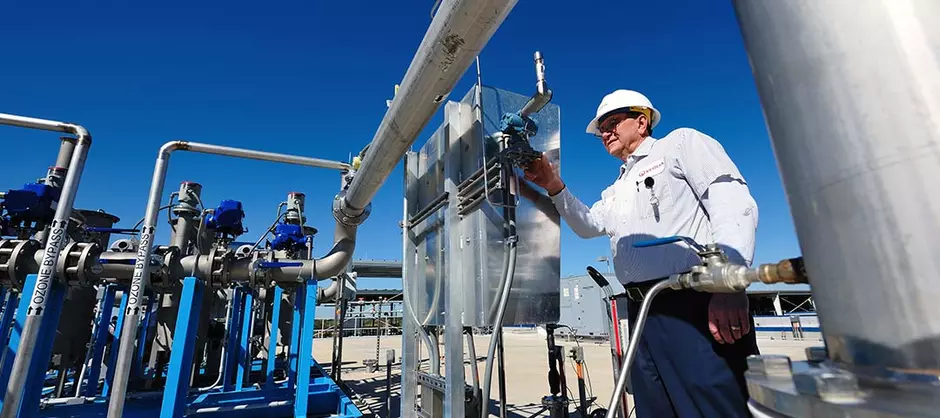
They chose this solution
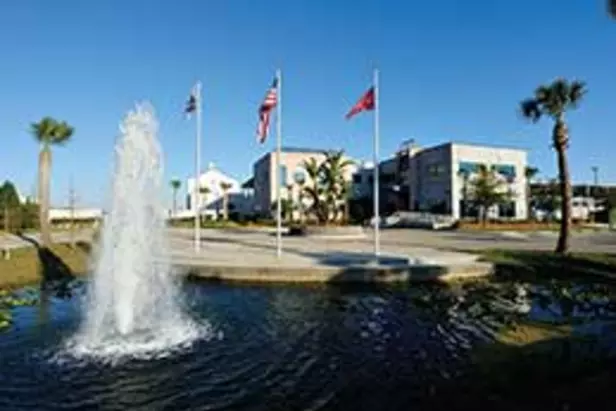
United States
Tampa Bay Water partners with Veolia using a Design-Build-Operate (DBO) model that was adapted to meet the client's need for a new water supply source.
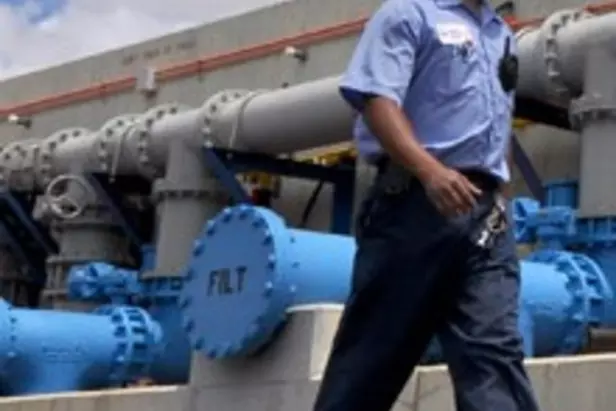
United States
Check out how Honolulu teamed up with Veolia to employ state-of-the-art technology that treats secondary effluent previously discharged into the Pacific Ocean.
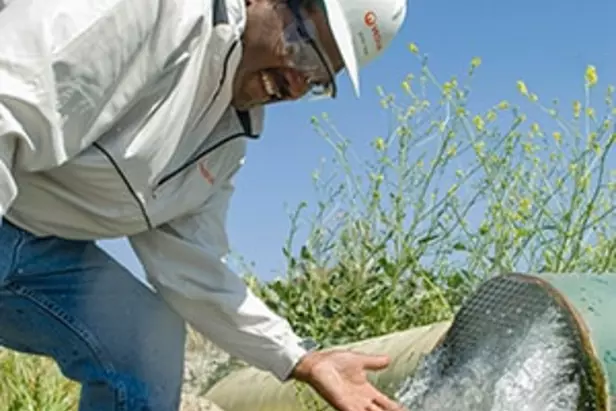
United States
Learn more about our solutions across North America.



